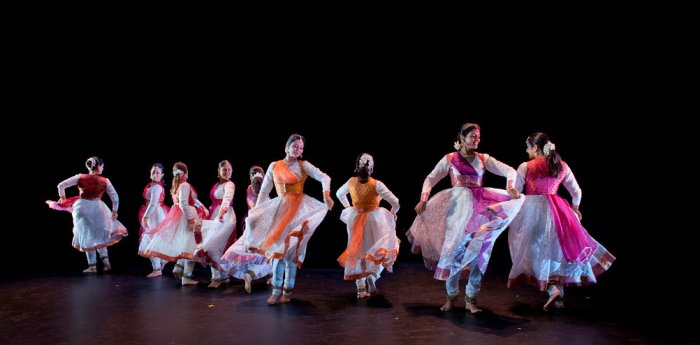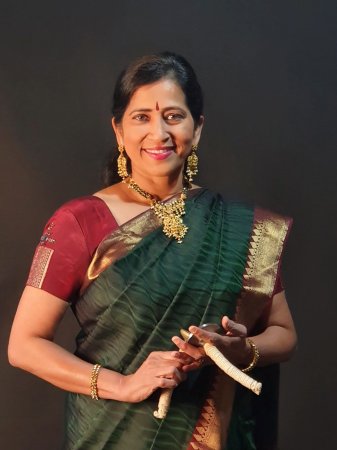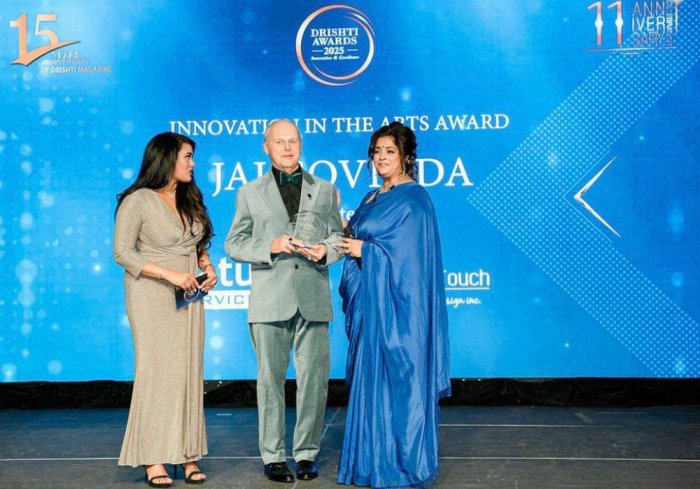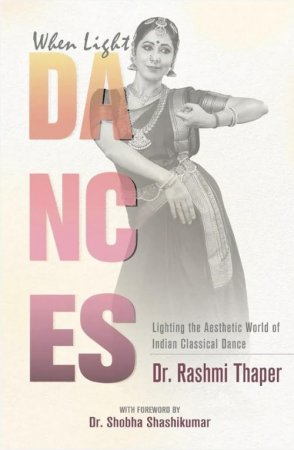Bharatanatyam exponent and mentor, Guru Suba Parmar is the artistic director of Shubhanjali School of Performing Arts (founded in 1992) in New Jersey and has been associated with Bharatanatyam for the last five decades. With over three decades as a dance teacher, she is particularly credited for teaching students with memory disorder and Activity Disorder and Hyper Activity Disorder (ADHD), hence feels that learning should be an enjoyable process and not a punishment that could be rigorous and painstaking.What difference do you see between the Vazhuvoor and Pandanallur tradition of Bharatanatyam?As a Bharatanatyam dancer and teacher, I have a deep connection with the Pandanallur style which I've had the privilege of learning from my gurus Indra Rajan and Pandanallur Srinivasa Pillai. This style's emphasis on precise technique, crisp footwork, breathtaking crisp jathis, nuanced expression, has been my foundation. (Some Pandanallur stalwarts include Meenakshi Sundaram Pillai, Alarmel Valli, Sai Subbulakshmi, Rukmini Devi Arundale, Pandanallur Jayalakshmi, Rajeswari Sainath, Meenakshi Chitharanjan to name a few). I've also had the opportunity to work with Vazhuvoor teachers, and I'm struck by the unique beauty of their approach - the slow, graceful movements, lots of poses, the fluidity, and the realism in their abhinaya (Gurus Padma Subrahmanyam, Rajarathnam Pillai, Chitra Visweswaran, Shobana)....
Read more in the site
Please type your name along with your comment. Anonymous and derogatory comments are likely to be removed.



